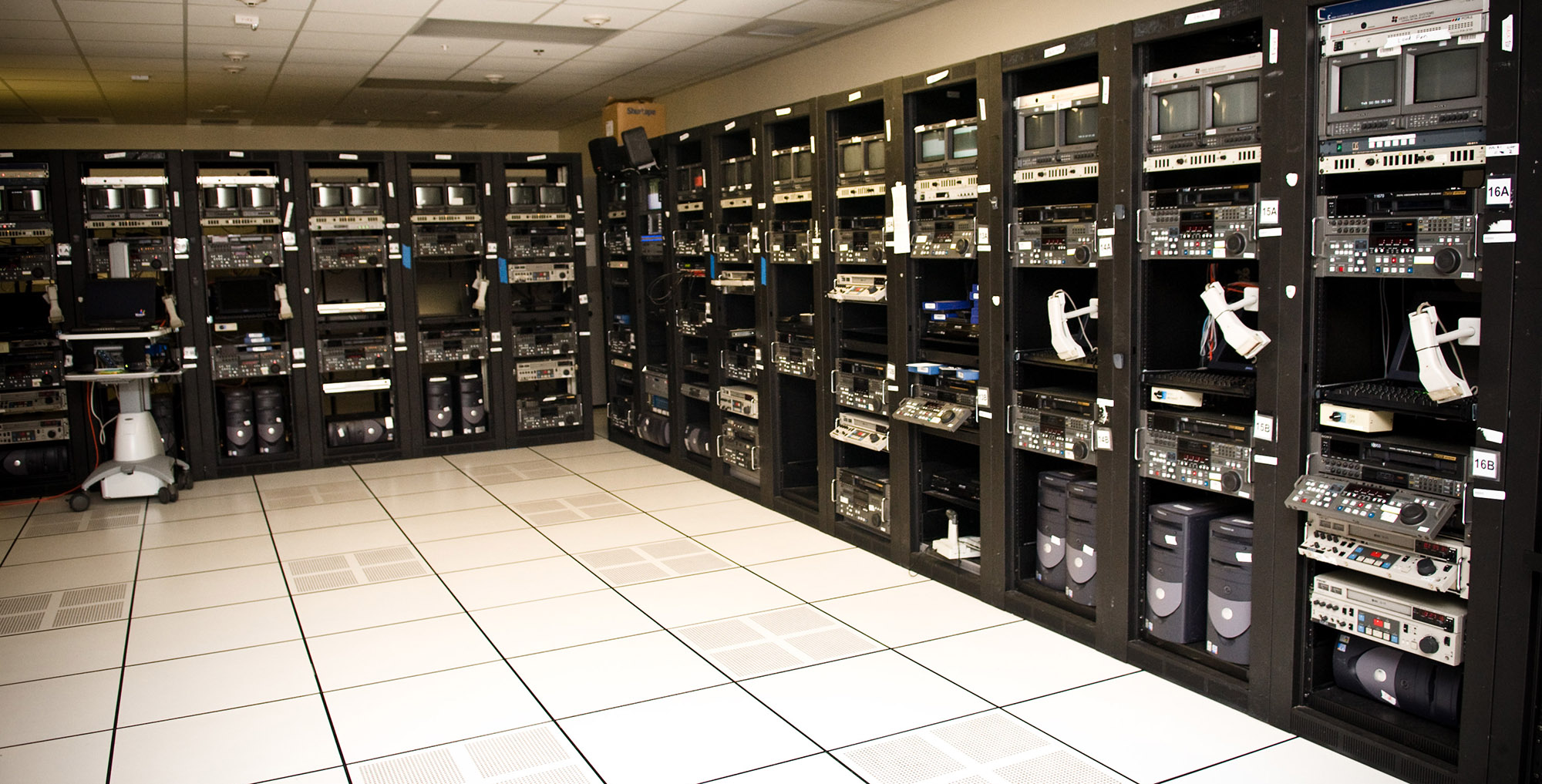USC Shoah Foundation Establishes Visual History Archive “Mirror Sites” Around the World

USC Shoah Foundation has established four “mirror sites” for the Visual History Archive, guaranteeing that a fully-functional Visual History Archive will exist in perpetuity outside its home at the University of Southern California.
Three mirror sites are located in the United States and one site is in Europe. Mirror sites ensure that if the original Visual History Archive at USC was damaged or destroyed, an identical archive would still exist elsewhere in the world.
While students, scholars and the public can already view the full Visual History Archive at each of these universities, as mirror sites they house the Visual History Archive on computer robots similar to the ones that store the original collection at USC. In addition, a high-speed connection to the Visual History Archive computers at USC allows these universities to ingest new testimonies, execute updates, refresh and write tapes, and more – up until now, tasks that could only be performed at USC.
The 79 full access sites to the Visual History Archive around the world, at institutions such as Columbia University, University of Toronto and the Museum of the History of Polish Jews, provide access to all the testimonies, but at a lower resolution and slower speed than the original archive at USC. Mirror sites, on the other hand, have capabilities and speeds virtually identical to the original source.
“There is nothing at USC that can’t be done at the mirror sites,” said Sam Gustman, USC Shoah Foundation Chief Technology Officer.
Gustman’s goal is to have mirror sites at universities on nearly every continent. This would provide safeguards for the Visual History Archive; if it were to be damaged or destroyed at USC, identical archives would still exist at other sites around the world.
Nirvanix also provides cloud storage services for the Visual History Archive through the USC Digital Repository, which launched in 2011 and is founded by USC Shoah Foundation, USC Libraries, and USC Information Technology Services. The Digital Repository helps museums, galleries, and other universities digitally store and preserve their collections using the same technology the Institute uses to maintain its own archive. Also, the USC Digital Repository uses the Institute’s own patented software for cataloging and indexing.
Along with data storage on the cloud, this combination of technologies offers a new and powerful kind of service.
“USC takes cloud archiving to the next level, as it is the first to combine academic-quality archival abilities and keyword-driven database search with the digitization power and speed of a supercomputer,” Gustman said.
Last year, USC Shoah Foundation’s ITS department also partnered with Charles University to develop software that enables Czech users to search the archive in their own language. This dual-language function will present VHA users with a simple, easy-to-navigate interface, but behind that user-friendly front will live intricately designed data structures that connect the English keywords with their Czech translations.
Like this article? Get our e-newsletter.
Be the first to learn about new articles and personal stories like the one you've just read.